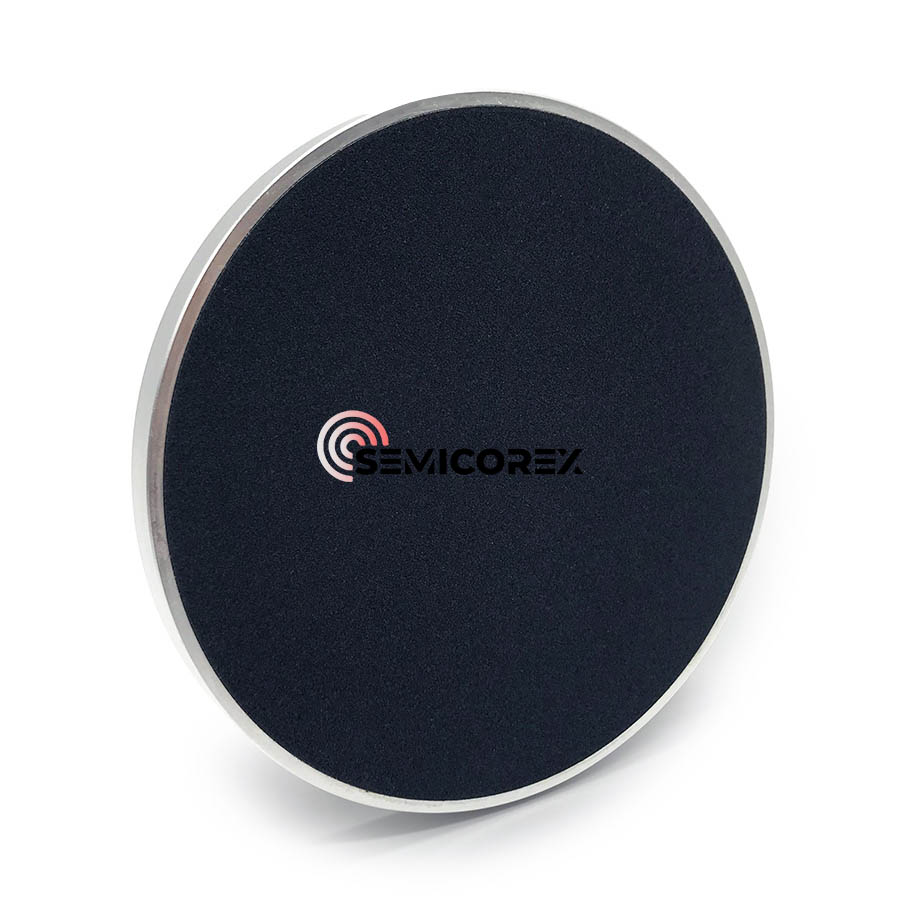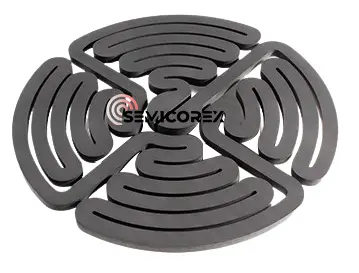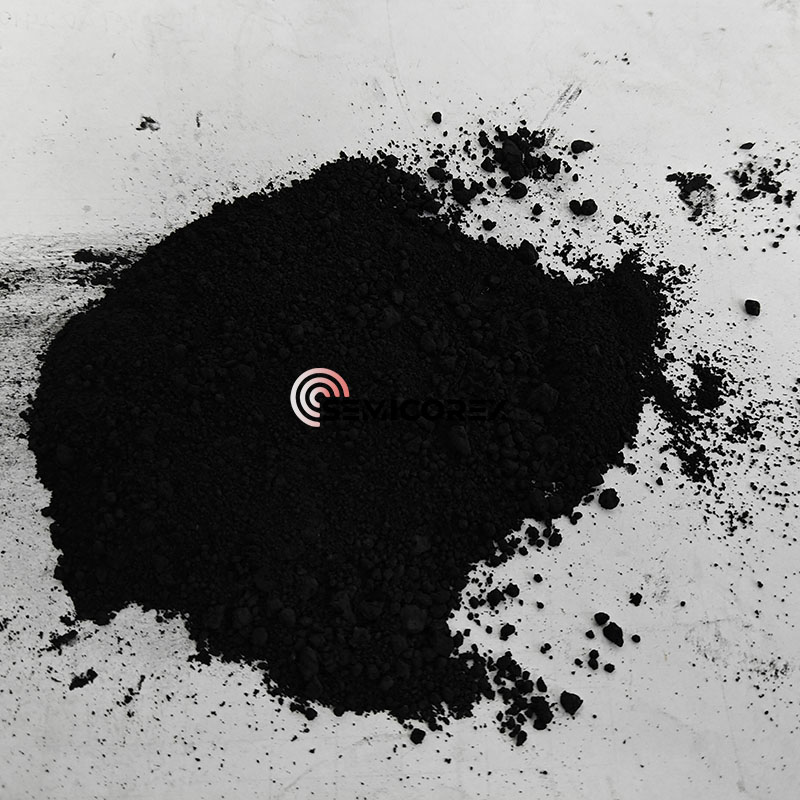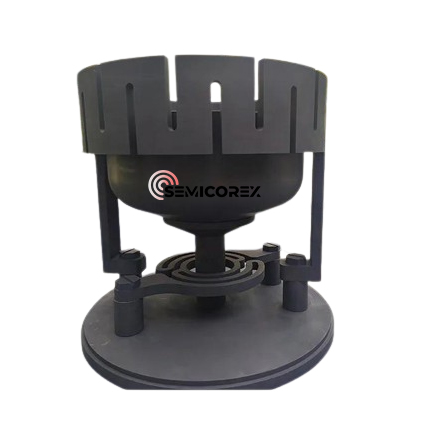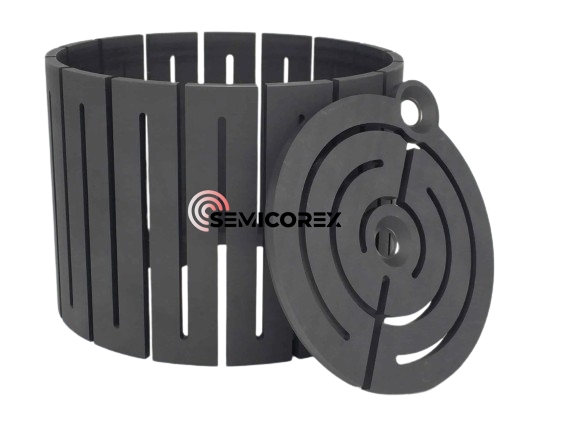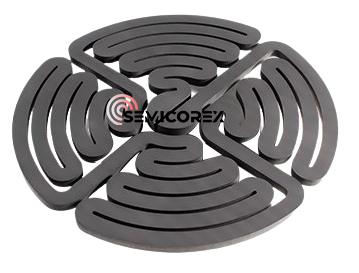
- English
- Español
- Português
- русский
- Français
- 日本語
- Deutsch
- tiếng Việt
- Italiano
- Nederlands
- ภาษาไทย
- Polski
- 한국어
- Svenska
- magyar
- Malay
- বাংলা ভাষার
- Dansk
- Suomi
- हिन्दी
- Pilipino
- Türkçe
- Gaeilge
- العربية
- Indonesia
- Norsk
- تمل
- český
- ελληνικά
- український
- Javanese
- فارسی
- தமிழ்
- తెలుగు
- नेपाली
- Burmese
- български
- ລາວ
- Latine
- Қазақша
- Euskal
- Azərbaycan
- Slovenský jazyk
- Македонски
- Lietuvos
- Eesti Keel
- Română
- Slovenski
- मराठी
- Srpski језик
China Grafito isostático Fabricantes, Proveedores, Fábrica
Carbon/graphite material molding essentially involves increasing the density of the powder mixture and ensuring close contact between the aggregate and binder to produce a green body with a desired size, morphology, and minimal machining allowance. The four main molding methods are extrusion, compression molding, vibration molding, and isostatic pressing. Common carbon/graphite materials on the market (for example, charcoal used for household fires) are mostly formed using hot extrusion and compression molding (cold or hot). Isostatic pressing offers superior molding performance.
The principle of isostatic pressing is based on Pascal's law: pressure applied to a medium (liquid or gas) in a sealed container is uniformly distributed in all directions, with the pressure on the surface being proportional to the surface area. Isostatic pressing involves placing a sample, enclosed in a sealed container, within a high-pressure cylinder. Leveraging the incompressible nature of the liquid medium and its ability to uniformly transmit pressure, the sample is uniformly pressed from all directions. When the fluid is injected into the cylinder, the pressure is evenly transmitted in all directions according to the principles of fluid mechanics. The sample in the cylinder is then subjected to uniform pressure in all directions.
Due to the isostatic pressing method, isostatically pressed graphite exhibits excellent isotropy, with properties independent of shape, size, or sampling direction. The material possesses a dense microstructure, high mechanical strength, high surface hardness, and oxidation resistance. Strong performance and high-temperature resistance; the material has excellent thermal shock resistance and is less susceptible to cracking under rapid cooling and heating conditions.
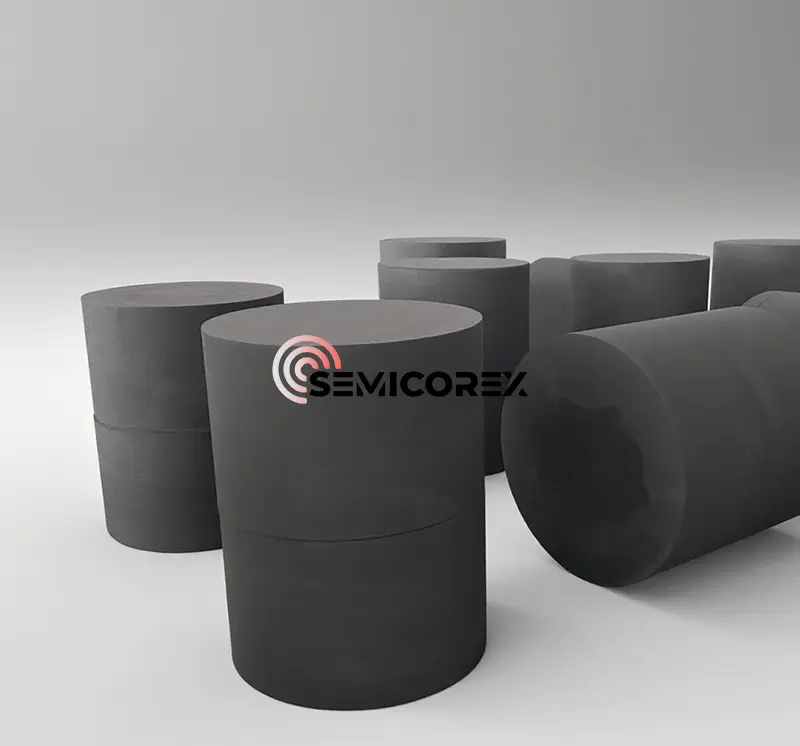
1. Isotropy
Different molding methods result in different properties in different directions. This is primarily reflected in resistivity, thermal conductivity, mechanical properties, and thermal expansion coefficient. The general measurement method is to sample the product perpendicular to and horizontally from the pressure surface, measure the properties separately, and then divide the smallest value by the largest value to obtain the isotropy ratio.
Traditional carbon/graphite products exhibit significant anisotropy, i.e., the properties of the product are different in the directions perpendicular to and horizontal to the pressure surface. The corresponding difference in performance is generally greater than 1:1.1, hence the term anisotropy. In many cases, this difference is fully exploited, and the greater the difference, the better. Examples include graphite electrodes for steelmaking and brushes for motors. Many applications, such as EDM and single-crystal silicon thermal field applications, increasingly require carbon/graphite products to exhibit isotropy (with an orientation ratio within the 1:1.05 range).
2. Large Dimensions
The market is increasingly demanding larger product sizes. For example, single-crystal silicon products have grown from 6- and 8-inch sizes to 12-inch sizes. The size of graphite materials used in thermal fields is also increasing. This is also increasing. Similar trends are seen in other related industries. Graphite for EDM, continuous casting, and nuclear reactors also requires large-scale products. This is difficult to achieve using molding and extrusion methods. The primary problem with large-scale product production is calcination cracking, and the larger the product, the higher the chance of calcination cracking.
3. Fine Structure
As a structural material, it requires high physical and chemical properties. On the one hand, the finer the particle size of the carbon particles that make up the carbon/graphite material, the denser its texture and the higher its mechanical strength.
Isostatically pressed graphite is widely used in semiconductor manufacturing processes. It is used in graphite components for the hot zone of single crystal growth furnaces, such as crucibles, heaters, flow guides, and insulation covers; and in graphite components used in epitaxial processes.
- View as
Polvo de grafito
El polvo de grafito Semicorex (99,999 % de pureza, tamaño de partícula de 1 a 5 µm) es un material de alto rendimiento esencial para el crecimiento de cristales semiconductores, que ofrece pureza y estabilidad superiores. Semicorex garantiza los más altos estándares de calidad y brinda soluciones personalizadas para la fabricación avanzada.*
Leer másEnviar ConsultaCampo térmico de grafito
Semicorex Graphite Thermal Field combina la ciencia de materiales de vanguardia con un profundo conocimiento de los procesos de crecimiento de los cristales y ofrece una solución innovadora que permite a la industria de semiconductores alcanzar nuevos niveles de rendimiento, eficiencia y rentabilidad.**
Leer másEnviar ConsultaHerramientas de extracción de silicio simple de grafito
Las herramientas de extracción de silicio único de grafito Semicorex emergen como héroes anónimos en el crisol ardiente de los hornos de crecimiento de cristales, donde las temperaturas se disparan y la precisión reina. Sus notables propiedades, perfeccionadas a través de una fabricación innovadora, los hacen esenciales para lograr que exista un silicio monocristalino impecable.**
Leer másEnviar ConsultaCrisol para silicio monocristalino
Semicorex se compromete a fabricar y suministrar crisol para silicio monocristalino que presenta una pureza excepcional, propiedades térmicas superiores, resistencia mecánica y compatibilidad con métodos de crecimiento establecidos, lo que lo hace indispensable para satisfacer las estrictas demandas de las industrias electrónica y solar.**
Leer másEnviar ConsultaCalentador de grafito para zona caliente
El calentador de grafito Semicorex para zona caliente, diseñado para funcionar de manera confiable dentro de hornos de alta temperatura, está diseñado para resistir las condiciones desafiantes inherentes a procesos como la deposición química de vapor (CVD), la epitaxia y el recocido a alta temperatura. En Semicorex nos dedicamos a fabricar y suministrar calentadores de grafito para zonas calientes de alto rendimiento que fusionan calidad con rentabilidad.**
Leer másEnviar ConsultaElementos calefactores de grafito
Los elementos calefactores de grafito Semicorex se han convertido en componentes esenciales en la fabricación de semiconductores, permitiendo los entornos térmicos precisos y controlados necesarios para el procesamiento avanzado de obleas. Su combinación única de propiedades de materiales, flexibilidad de diseño y ventajas de rendimiento los hace ideales para satisfacer las estrictas demandas de la fabricación de dispositivos semiconductores de próxima generación. En Semicorex nos dedicamos a fabricar y suministrar elementos calefactores de grafito de alto rendimiento que fusionan calidad con rentabilidad.**
Leer másEnviar Consulta

